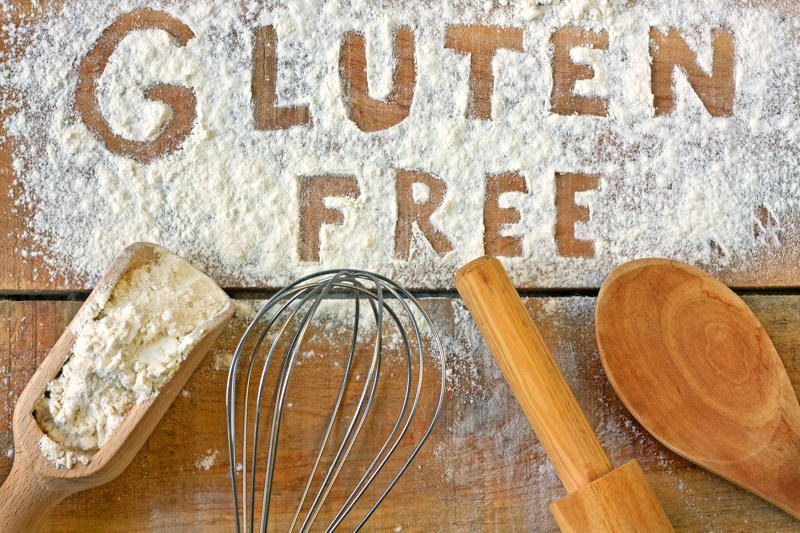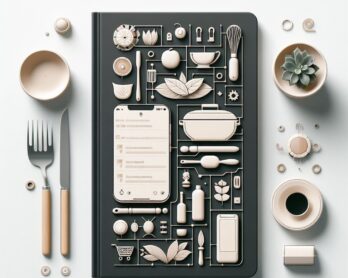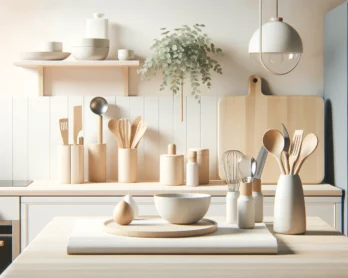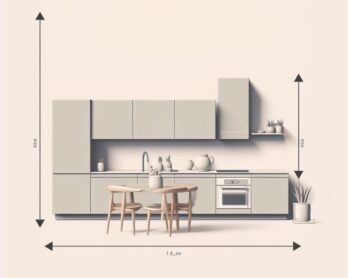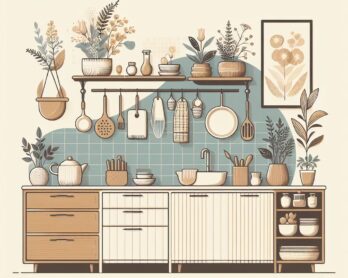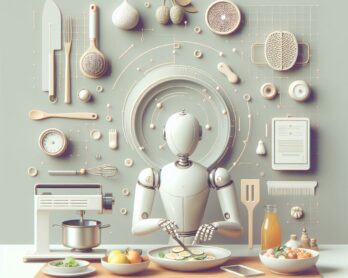Most people with celiac disease would love to have their own kitchen. With a kitchen that was free of gluten, cooking would be much less of a hassle. However, most people, whether they have dietary restrictions or not, don’t have their own kitchen. So how can a gluten-free individual share a kitchen with someone who has no dietary restrictions without getting sick? By using separate kitchen equipment, squeeze bottles, good cleanliness habits, and careful dish washing, cross-contamination in a shared kitchen can be avoided.
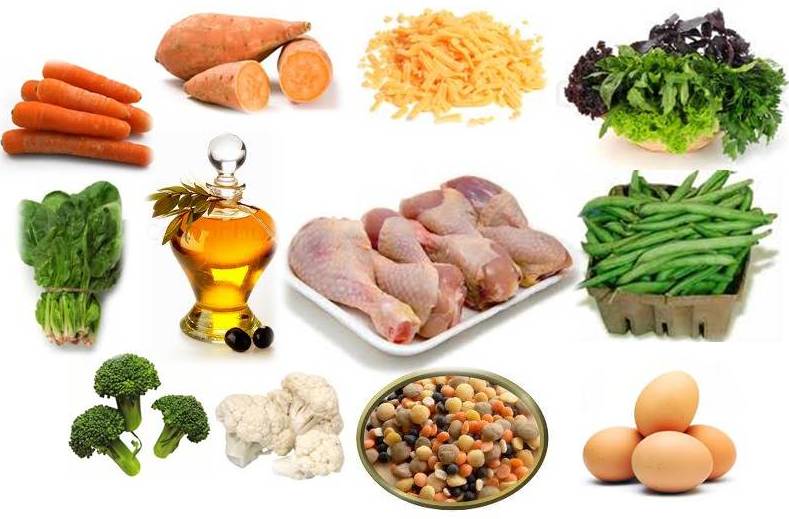
Use Separate Equipment
Use separate utensils, cooking vessels, serving containers, and storing containers. Any time person with no dietary restrictions needs to use something in the kitchen, there must be a double for the gluten-free person or a specific way to clean the object.
Everyday items like eating utensils, plates, and bowls need to be kept separate. If possible, they should even be in separate shelves of the cupboard. An easy way to keep them distinguishable is to have two separate sets.
Don’t forget kitchen tools like blenders, toasters, or crock-pots. Kitchen utensils in this category can often be forgotten because they are not used as much as the daily utensils. Items that are smooth with no small parts like crock-pots can be used for both as long as they can be thoroughly cleaned through the dishwasher a few times. Items with small parts like toasters and blenders need to be separated.
Cast iron cooking utensils and earthenware can hold gluten in them, so they need to be separated. Cutting boards can also contain gluten. Buy two different-looking boards to make sure there’s no trouble keeping them apart.
Use Squeeze Bottles for Condiments
Squeeze bottles are great for keeping gluten out. If a condiment isn’t available in a squeeze bottle, there need to be doubles of that product. Both should be labeled clearly in a marker that won’t rub off or a label that won’t fall off.
Keep Everything Clean
Cleanliness isn’t an option when it comes to food allergies. Wash hands before cooking, put cooking supplies away as they are used, and never use gluten ingredients at the same time as their gluten-free counterparts. After baking with wheat flour, wipe down all surfaces that could have been touched just to be sure.
Wash Dishes Carefully
If the kitchen has a dishwasher, items can be washed in the same washer. Many people choose to put gluten dishes in a separate load just to be extra safe.
If the kitchen doesn’t have a dishwasher, dishes need to be kept separate even after they’re dirty. To wash dishes by hand, use color-coded sponges to make sure that the sponge doesn’t spread gluten over the gluten-free dishes.
With some careful research, planning, and good cooking and cleaning habits, sharing a kitchen with a person with different dietary needs doesn’t have to be difficult.
| Image sources |
|---|
| http://redandhoney.com/wp-content/uploads/2016/05/10-Essential-Food-Staples-in-my-Gluten-Free-Kitchen-RH-top.jpg?x27610
https://celiac.org/live-gluten-free/glutenfreediet/food-options/ |

